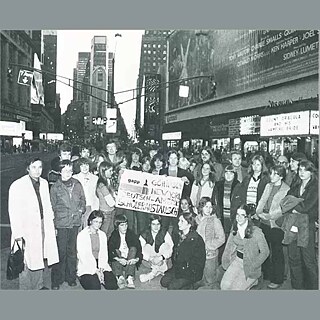When the German American Partnership Program, or GAPP, was first established half a century ago, relations between the Federal Republic of Germany (West Germany) and the United States were mainly shaped by the era of the Cold War. West Germany developed into the largest economy in Europe and its relations with the U.S. developed into a new transatlantic partnership.
The 1970s were a tumultuous time for both the United States and Germany. The U.S. was in a period of protest, with civil rights leaders and anti-war advocates going head to head with political conservatism.
In Germany, crossing from West to East, while only separated by a couple of meters, felt like traveling hundreds of miles. The economic prosperity of the West was a sharp contrast to the Soviet-controlled hardship in the East. Amidst this turbulence, GAPP was born.
GAPP’s Mission
GAPP was founded in 1972, forming another bridge between two allies in the hopes of creating a bright future. The program allows high school students from America and Germany to visit partner schools, become immersed in their host country’s culture, and form international friendships. GAPP benefits from joint grants provided by the German Ministry of Foreign Affairs and the U.S. State Department, so students can participate with as little financial strain as possible. GAPP is also the only short-term German-American exchange program to receive financial support from the U.S. federal government. As a result, it is the most extensive bilateral exchange program between the United States and any foreign country.
The Goethe-Institut itself, created in 1951, is dedicated to promoting German language and culture abroad. Starting by training overseas teachers in German, the institute expanded to Greece the year after its foundation. In the next nine years, the Goethe-Institut would grow to 53 more countries. Today, there are 158 institutes in 98 countries around the world. As its reach expanded, so did its variety of programs. The establishment of an exchange program seemed like a natural progression, which led to the formation of GAPP.
From Boston to New York
GAPP was established by the Goethe-Institut in Boston, where the program would stay for its first two years. These humble beginnings were a formative time for GAPP: prior to cooperation by the German State department, GAPP worked directly with schools in Germany to arrange exchanges. GAPP partner schools were entirely located in West Germany due to the strained relations between the United States and East Germany.
GAPP moved its headquarters from Boston in 1974, at a time when the city had been plunged into chaos. The Boston desegregation bussing crisis sparked conflict, as courts ordered Boston School districts to bus students of various backgrounds and communities to other school districts in compliance with the Racial Imbalance Act. With ardent racial protests filling the streets and an explosion of rioting, GAPP decided to move their primary program to the Goethe-Institut in New York, where it remains today.
Throughout the 1970s, The Program Continued to Grow
The direct connection between GAPP and individual German schools continued from 1974 until 1982. The program was responsible for every facet of the exchange, which was manageable when participation numbers were lower. As the program grew, and more schools around the United States and Germany sent their students, the process became more complex. That’s what led the German government to offer assistance in an effort to support the exchanges and help students, specifically those heading from Germany to the states.
